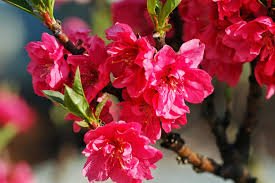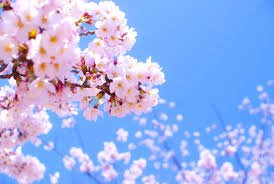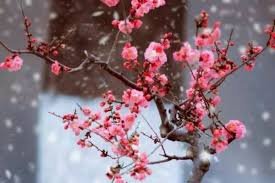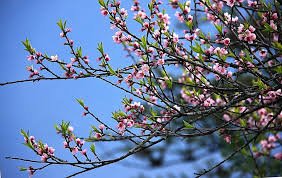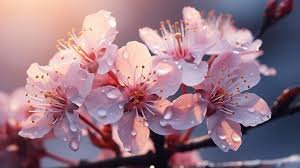Apr 3, 2024
Cherry Blossoms in Classical and Modern Architecture
Cherry blossoms, renowned for their ethereal beauty and symbolic significance, have left an indelible mark on both classical and modern architecture, enriching buildings and landscapes with their delicate charm and timeless allure. From traditional temples and palaces to contemporary urban spaces, cherry blossoms serve as powerful motifs that evoke a sense of tranquility, elegance, and cultural heritage.

1. Classical Architecture:
- In classical architecture, cherry blossoms are often depicted in ornamental motifs, sculptures, and decorative elements that adorn temples, palaces, and gardens. These iconic flowers symbolize the beauty of nature and the transient nature of life, serving as reminders of the impermanence of worldly pursuits.
- In East Asian architecture, cherry blossoms are prominently featured in traditional buildings such as Japanese temples, Chinese gardens, and Korean palaces. Cherry blossom motifs can be found in architectural elements such as wooden carvings, ceramic tiles, and painted murals, where they add a touch of elegance and refinement to the design.
2. Modern Architecture:
- In modern architecture, cherry blossoms continue to inspire architects and designers to incorporate elements of nature into urban environments and public spaces. Cherry blossom trees are often planted in parks, plazas, and streetscapes, where they create a sense of serenity and beauty amidst the hustle and bustle of city life.
- Cherry blossom-inspired architectural features, such as curved forms, organic shapes, and delicate patterns, are seen in contemporary buildings and structures around the world. Architects use these design elements to evoke the graceful beauty and ephemeral nature of cherry blossoms, creating spaces that harmonize with the natural landscape and foster a sense of connection to the environment.
3. Cultural Symbolism:
- Cherry blossoms hold deep cultural significance in East Asian societies, where they are revered as symbols of beauty, renewal, and the transient nature of life. In architecture, cherry blossoms serve as potent symbols of cultural heritage and national identity, reflecting the values and traditions of the communities they represent.
- In Japan, cherry blossom viewing, or “hanami,” is a cherished cultural tradition that brings people together to celebrate the beauty of cherry blossoms and the arrival of spring. Many Japanese architectural landmarks, such as temples, shrines, and castles, are surrounded by cherry blossom trees, creating stunning landscapes that attract visitors from around the world.
4. Landscape Design:
- In landscape design, cherry blossoms play a vital role in creating harmonious and visually appealing outdoor spaces. Landscape architects use cherry blossom trees to frame views, define spaces, and create focal points within gardens, parks, and urban plazas.
- Cherry blossoms are often incorporated into traditional Japanese garden designs, where they symbolize the ephemeral beauty of life and the changing seasons. These iconic flowers are carefully integrated into the landscape to evoke a sense of tranquility, balance, and harmony with nature.
Conclusion:
- Cherry blossoms, with their timeless beauty and cultural significance, continue to inspire architects, designers, and urban planners to create buildings and landscapes that honor the natural world and enrich the human experience. Whether in classical temples or modern urban spaces, cherry blossoms serve as enduring symbols of beauty, renewal, and the enduring power of nature to inspire and uplift the human spirit.
